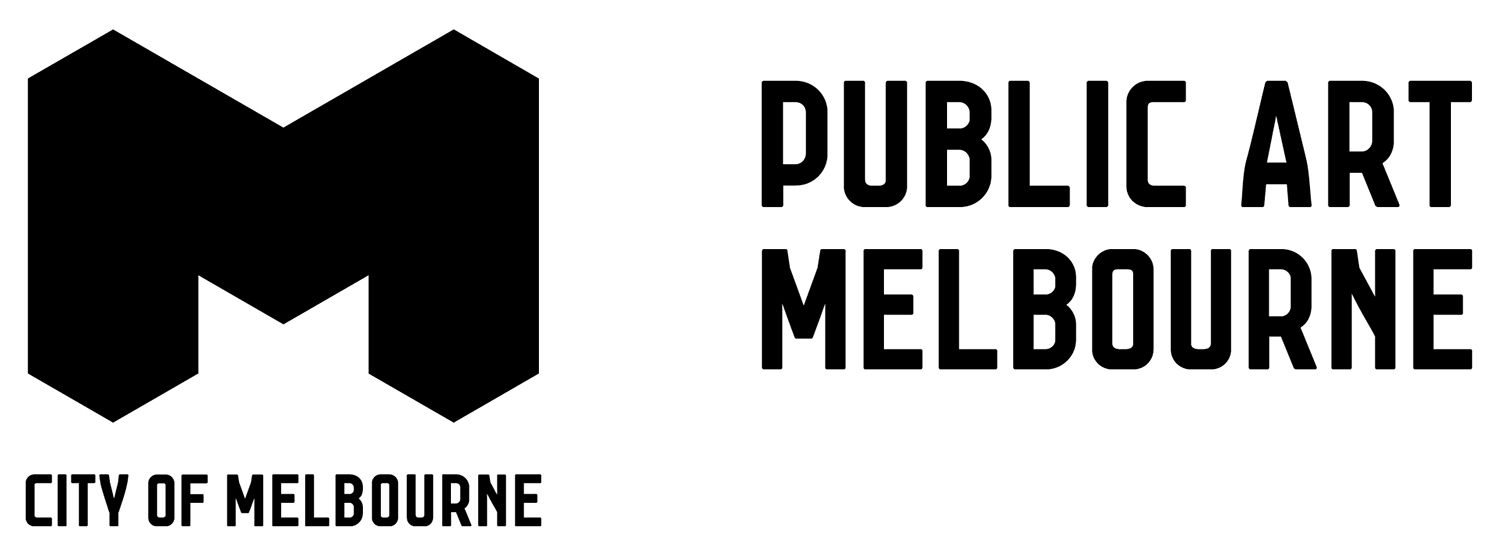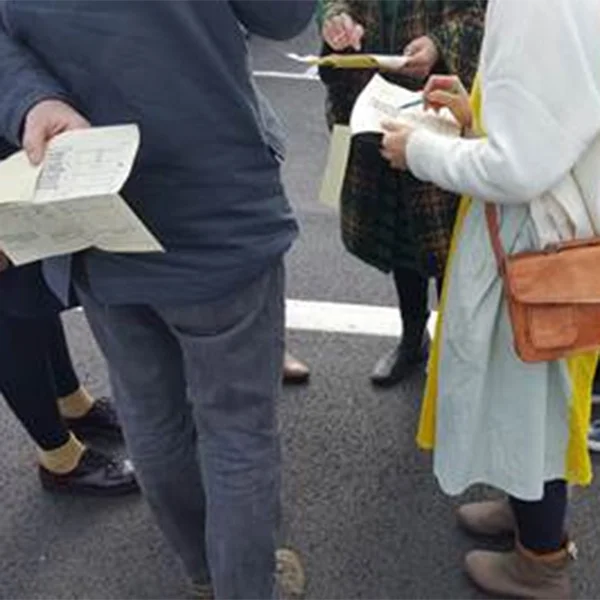Day Six - Thu 9 June, 2016 | Psychogeography
Thoughts from our Co-convenors, David Cross and Claire Doherty:
Day six was about psychogeography. In particular the relationship between movement, site and written recollection. Robyn Annear’s workshop was playing with the idea of what it is to drift through the market and what it is to note and become aware of elements within it.
QVM Conversation: Rocco from Market Juice, QVM
“There was a parallel between the reconstitution of the fruit vendors juices and that of ourselves today. A breaking apart, to reform as the new.” - Steve Rhall
Workshop / Exercise: Robyn Annear, Psychogeography workshop
“I like to wonder. I like to walk around the marginal liminal spaces of the city, the dead zones per se. There are a number of Melbournes that occupy my imagination and when walking around, the absences are as important to me as what is actually there” – Robyn Annear
Vegetables are dead to me. Why? Well, for starters, it was a salad that killed Robert Louis Stevenson. The lanky Tusitala had triumphed over tuberculosis, had put two oceans between himself and a wheeze-inducing London fog, only to be felled by an assemblage of leafy greens.
The death of Stevenson is, I’ll admit, a half-arsed excuse for disavowing vegetables. If I’m honest, they just seem too weird to qualify as food. Which is why stall after stall brimming with fresh-picked, vegetable goodness – or fruit, which amounts to the same thing – is no mecca to me.
That said, I’ve spent my fair share of time tugging a shopping jeep around the halls and sheds of Victoria Market. In my twenties, I was a regular there. The first time I shopped at the market was in 1978, when, as a junior typist in an office nearby, I was sent on a lunchtime errand to buy pecans for one of the bosses. (I had to ask what a pecan was.)
These days, I live two hours distant from the Vic Market, but I still find the odd excuse to go back there. Most recently, that excuse was to act as a ‘provocateur’ at the Melbourne Public Art Biennial Lab. On a Thursday morning in June, the sixth day of the Lab, I was invited in to talk about writing and seeing history in place.
As public art practitioners, Lab participants are already seasoned adherents to the Latin exhortation, Circumspice (‘Look around!’), which can be found inscribed on the monument to John Batman in the market carpark. As one who writes about history, I most often find my starting-point by looking – and walking – around and wondering, ‘What was here before?’ The answers I arrive at aren’t always factual; sometimes they’re speculative, sometimes flat-out fictive.
At the Lab, we talked psychogeography as much as history. Oriented north-south, the site of the market sheds (and, before them, the cemetery) reflects Melbourne’s margin, not its centre. The city’s famous street grid, influenced by the course of the Yarra, runs on a NW-SE tilt. By contrast, the old cemetery, set at the original town’s far-flung northern boundary (now Victoria Street), was given a ‘true’ north-south alignment, making it a rare deviation from the grid and an historic outlier. What, if any, effect does that foundational spatial twist have on the market’s character?
Whether or not you believe in restless spirits, it’s impossible, once you know of its past use as a cemetery, not to feel the tug of that awareness. In the Lab, we looked at an old plan showing the cemetery’s layout and noted a curious void in the network of paths that regimented the dead by religious denomination. It appears that the gap marked the site of a mighty eucalypt which stood dead in the cemetery – forming a landmark on Melbourne’s northern horizon – for fifty years or more, up until the 1890s.
We took a walk from the Lab to the site of the old tree, now (roughly) marked by a light-pole near the Peel Street end of the market carpark. I’d issued Lab artists with a ruled index card each, for taking down psychogeographic observations. Most of us would return with cards unblemished. Hiromi had cast her imagination forward to the carpark’s proposed future as a green space, and wished for at least one tree – howsoever dead – to offset the menace of the overlooming high-rises. Timothy photographed his index card as a positioning device to mark the former tree site. Others of the artists had psychogeographised elsewhere in the market, undertaking, for instance, a lightning typology of the iPhone accessories on sale.
Six days into the Lab, the senses – of humour, and the rest – were still firing.
(Day 6: Written recollection by Robyn Annear)
“Today I’ve been talking with the artists about their work to try and find a framework to realise all of this within, a structure. I’ve also been thinking about cycles, schedules, calendar, the time of the market. There’s intervals within the market – open/ closed, day/nights, Monday-Sunday.” - Chief Curator, Natalie King


